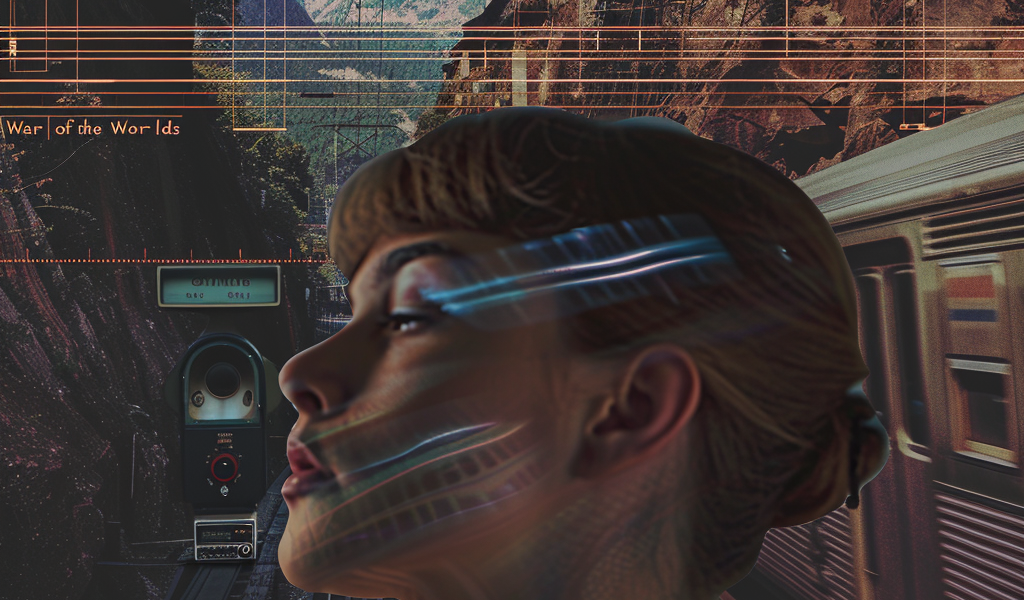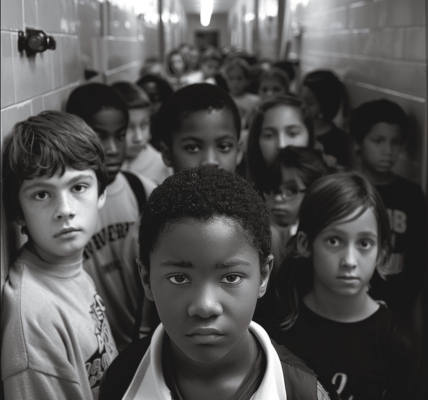In an intriguing exploration of human capabilities, scientists have revealed that anyone can learn the art of echolocation, a skill that has enabled individuals to navigate their surroundings without sight. This remarkable ability has allowed blind individuals to participate in activities such as biking and basketball, showcasing the adaptability of the human brain.
Echolocators often utilize a technique involving sharp clicks made with their tongues, listening intently to the sounds that bounce back from nearby objects. This auditory feedback provides critical information about the environment. Notably, brain-imaging studies have shown that expert echolocators activate the primary visual region of the brain when processing these sounds. Researchers have posited that longstanding sensory deprivation can lead to the repurposing of visual areas in the brain to enhance auditory processing.
Lore Thaler, a prominent neuroscientist at Durham University in England, has contributed to this fascinating field of study. Thaler co-led a significant 2021 study that demonstrated that both blind and sighted individuals could acquire echolocation skills with merely ten weeks of dedicated training. This finding challenges the long-held belief that the brains of blind individuals are fundamentally different from those who can see.
In a separate narrative from history, the chilling events surrounding 10 Rillington Place have resurfaced in public discourse. On March 24, 1953, Beresford Wallace Brown, a 43-year-old tenant, was engaged in home improvement when he stumbled upon a horrifying discovery. While attempting to install a shelf in the ground-floor kitchen, he noticed a hollow sound behind the wall. Curious, he peeled back the wallpaper and uncovered a hole in the wooden paneling, revealing the white torso of a woman whose head was obscured.
Brown, accompanied by another tenant, promptly contacted the police. A subsequent investigation led to the grim discovery of two additional bodies concealed behind the first. The victims, Kathleen Maloney, Rita Nelson, and Hectorina Maclennan, were all in their twenties and had tragically lost their lives between January and March of that year. This case continues to haunt the collective memory, shedding light on the darker aspects of human nature.
In a fascinating twist of media history, the infamous Halloween night broadcast of Orson Welles’ “War of the Worlds” is often remembered for the panic it allegedly incited across the United States. On October 30, 1938, Welles and his team interrupted regular programming to announce a fictional alien invasion. According to popular accounts, upwards of a million listeners were convinced that their world was under siege.
However, recent analyses suggest that the panic may have been exaggerated. Despite the widespread belief that the broadcast caused mass hysteria, evidence indicates that the actual number of individuals genuinely fooled by Welles’ performance was minimal. This discrepancy highlights the complexities of media perception and the power of storytelling, emphasizing that the narrative surrounding the event has taken on a life of its own.
Shifting gears to modern luxury, the concept of private train cars has become an intriguing topic of conversation. Recently, a traveler shared his experience of journeying through the mountains from Denver to California aboard a private rail car. This mode of travel, while reminiscent of a bygone era, is still accessible to those seeking an exclusive and personalized experience.
Private train cars offer a unique blend of nostalgia and luxury, allowing passengers to enjoy the scenic views at a leisurely pace, far removed from the hustle and bustle of commercial travel. The allure of traveling in one’s own rail car encapsulates a sense of adventure and comfort, reminiscent of the golden age of rail travel.
Overall, these narratives—from the science of echolocation to historical mysteries and modern luxuries—highlight the diverse tapestry of human experience. Each story reflects different aspects of our lives, showcasing our capacity for adaptation, the shadows of our past, and the ongoing pursuit of unique experiences.





